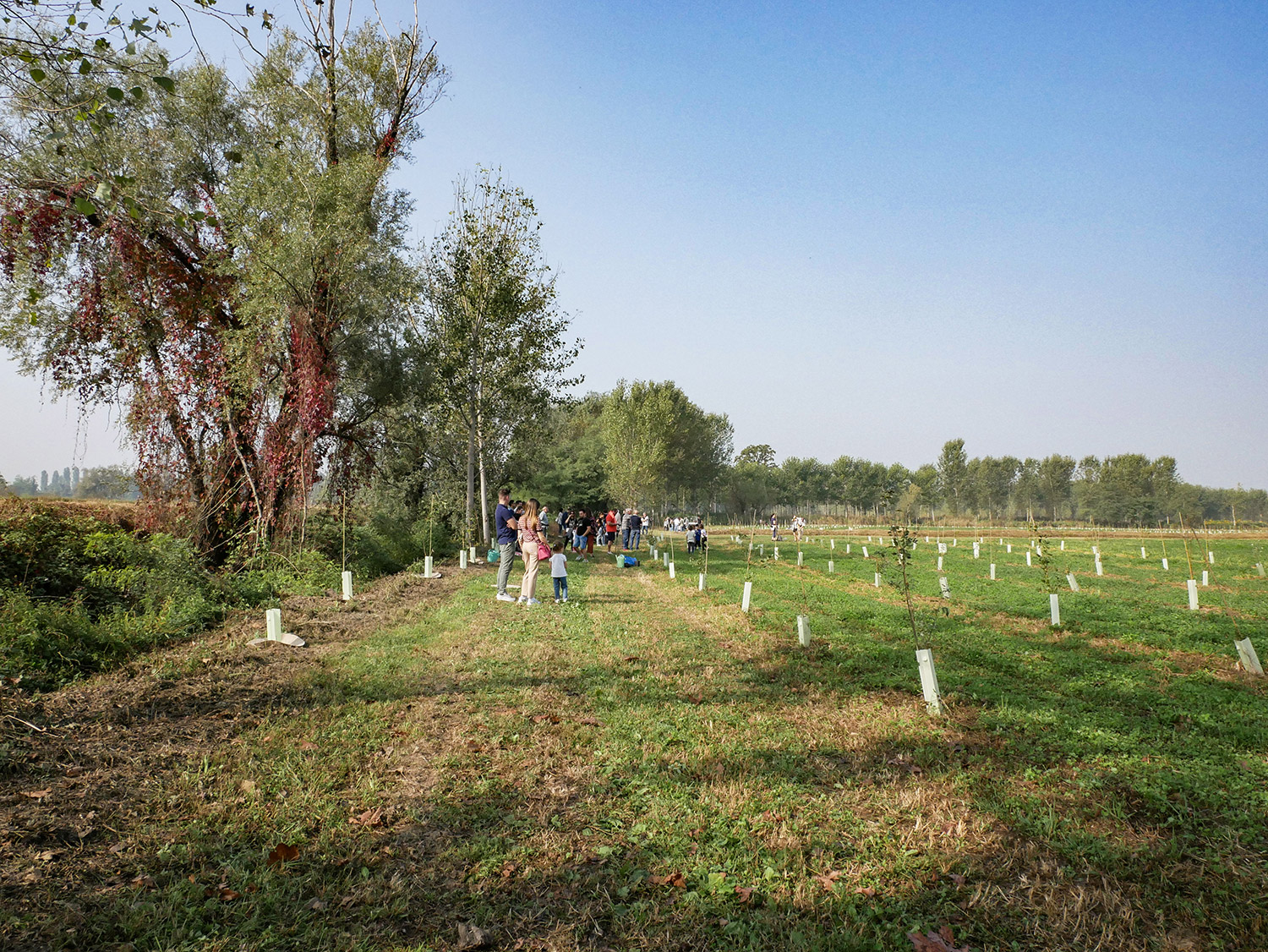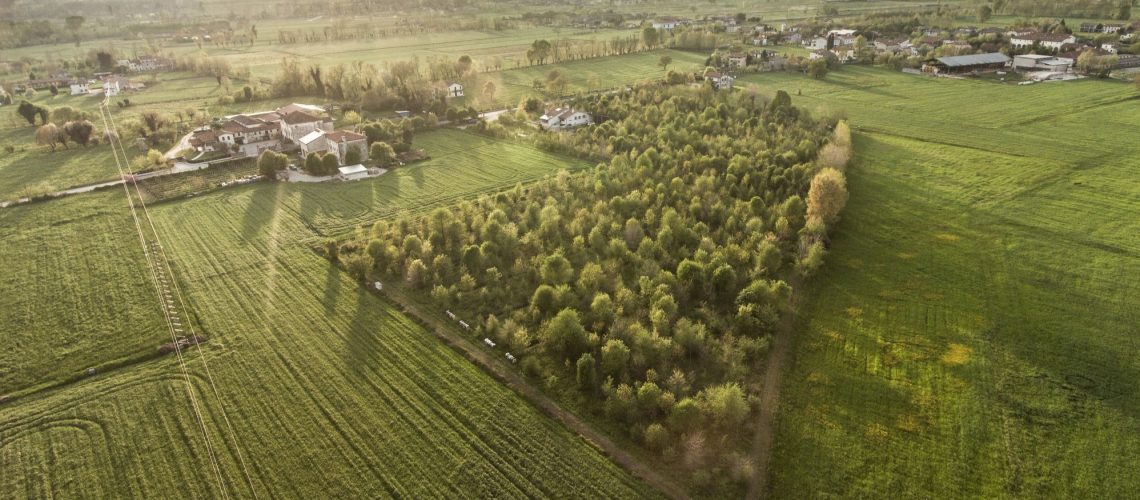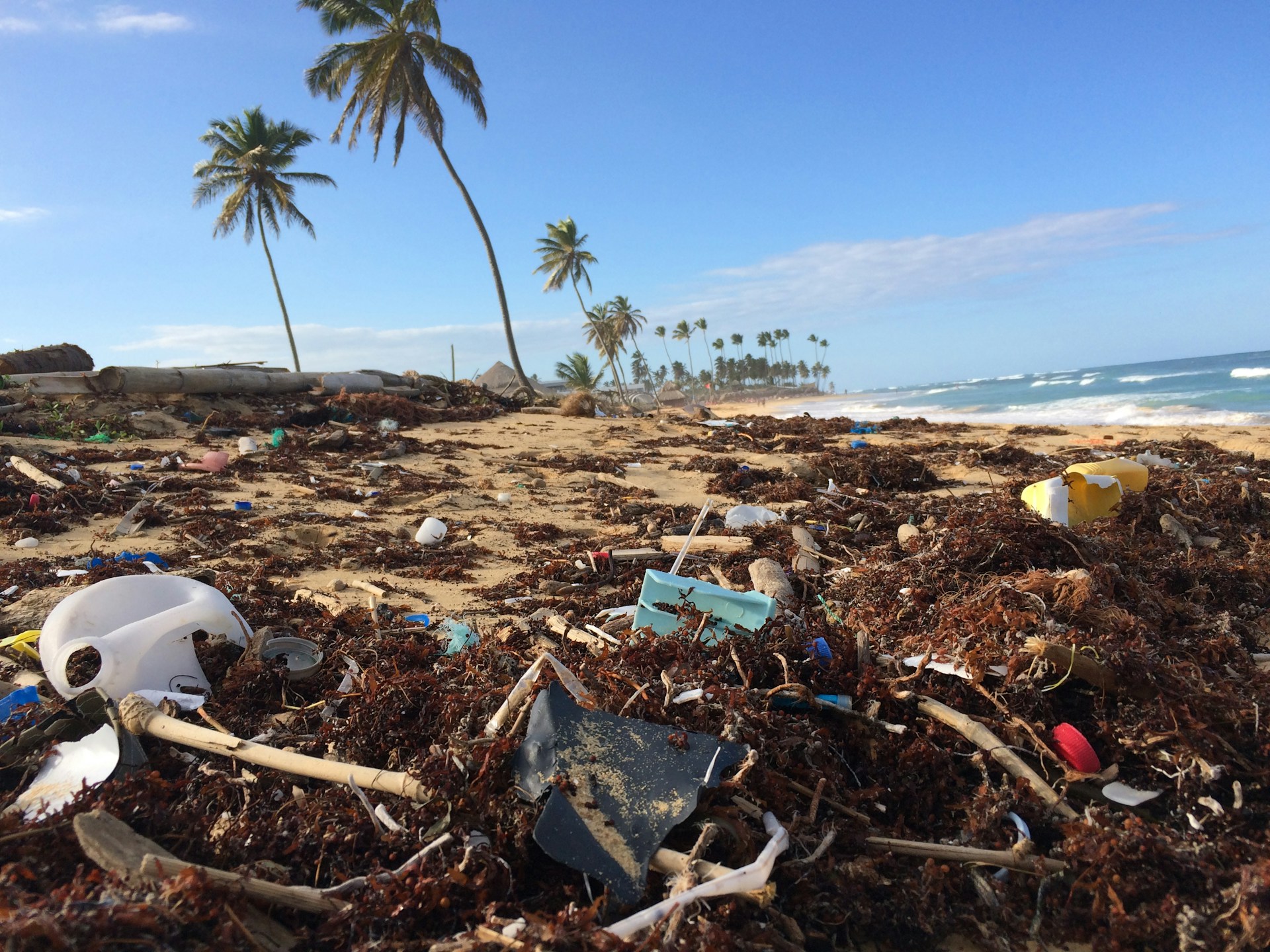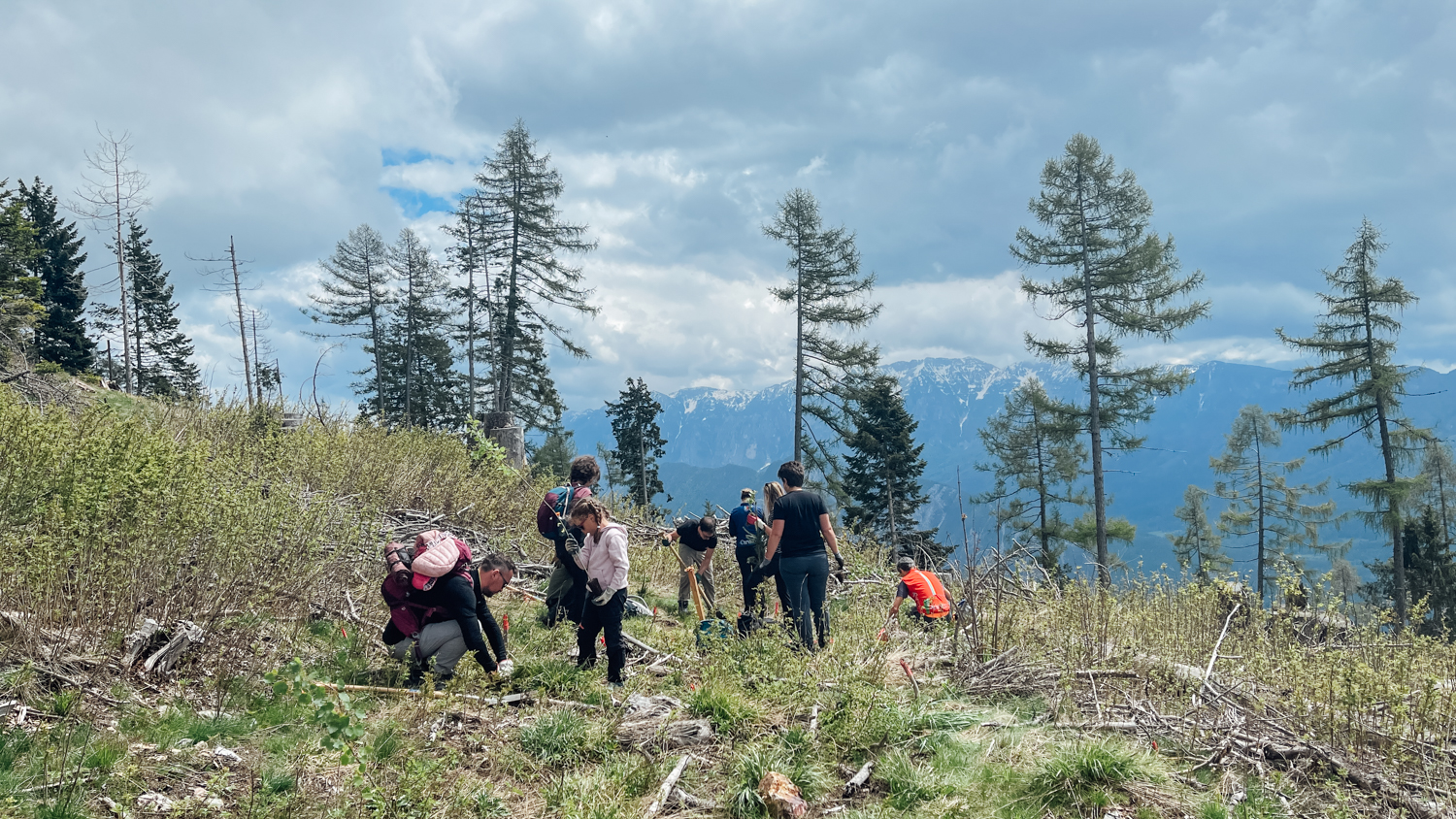

What does drought have to do with floods? Are we running out of water on Earth?
- ,
- , About us, WOW, really?, WOW, really?
After months of low rainfall, intense rainfall (which in some cases caused floods) has made up for the short and medium-term deficit (*1), but we have not yet reached a situation of ‘normality’ (*2). We know that one of the consequences of climate change is an increase in the frequency and intensity of extreme phenomena. But it is not so easy to establish a direct cause-and-effect relationship between an extreme event and climate change. In this specific case, however, there seems to be such a link. In particular, one study points out, this drought has been exacerbated by climate change (*3).
What can we do then to act effectively and preserve this precious resource?
In this documentary by Will Media, the topic is explored in depth and it is clearly explained what nature-based solutions – NBS – can be. Among these, trees certainly play a key role. In fact, the documentary talks about Bosco Limite, one of the first WOWnature projects, created to improve precisely the quality of water and the regeneration of the aquifer, in an area, that of Carmignano sul Brenta (VI), very important for the supply of resurgences.2
Bosco Limite is a concrete example of a Forest Infiltration Area (FIA). Forest Infiltration Areas are wooded areas that are specifically created and maintained to favour the infiltration of surface water into the subsoil to recharge the water table. To summarise and simplify, during periods of abundance, water (which would otherwise run off the land and be lost) is diverted into special channels within these special forests. As it travels through these channels, it has time to infiltrate the subsoil until it reaches the water table: it is thus ‘banked’ so that it can become available again during periods of scarcity.
Find out more about Bosco Limite
https://www.wownature.eu/areewow/bosco-limite
(1*) https://drought.climateservices.it/
(2*) https://www.isprambiente.gov.it/pre_meteo/idro/SeverIdrica.html
(3*) https://iopscience.iop.org/article/10.1088/1748-9326/acbc37/pdf
SHARE
Other news


World Earth Day: why we celebrate our planet on 22 April

What does a tree look like?




